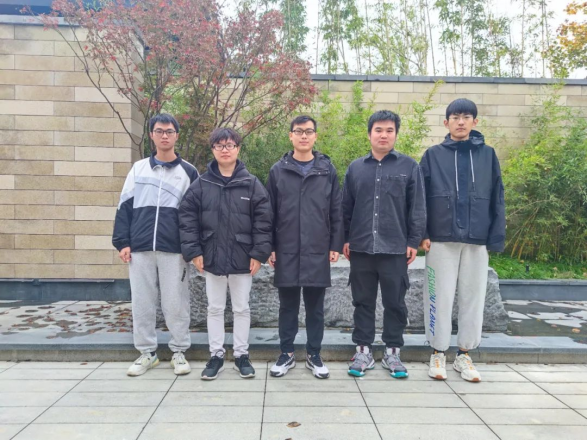On November 17, 2022, the graph computing engine developed by the graph computing team of the School of Computer Science and Technology, HUST, based on "Pengcheng Cloud Brain II", ranked first in the SSSP performance in the world in the 25th Graph500 of the Global Supercomputing Conference held in Dallas, Texas, USA in 2022. The BFS performance ranked first among Chinese processors, and this was the second time that HUST'sgraph computing team topped the list after topping the list last year.


The research and development of the graph computing engine are led by Associate Professor YuZhangand's post-doc Jin ZhaofromHUST. The research and development team has more than 30 members, and the core members includeYujianLiao, ZhiyingHuang, ChuyueYe, Xining, HuiYu, HaoQi, DonghaoHe, ZixiaoWang, YuluoGuo,andYiyangWu.The research and development work was supported by the Joint Innovation Center of Data Center Architecture Project of HUSTand Huawei. YuZhangintroduced that on the Kunpeng + Shengteng platform of "PengchengCloudbrain-Ⅱ", and the graph computing engine doubled the performance of Huawei Kunpeng server graph computing. Compared with the Graph 500 SSSP ranking of the team in June 2022, the performance of the graph computing platform has been improved by 3.2 times. Meanwhile, the performance of the BFS is also better than that of the best Chinese graph computing platform the Graph500List.

WenGao, an academician of the Chinese Academy of Engineering, said that if the throughput performance (IO500 score) of a large-scale smartphone represents the machine's input-output and internal Internet capabilities and the AIPerf500 score represents its deep learning capabilities, then the performance of graph computing (Graph500 score) represents the processing ability of irregular massive data. These three abilities constitute the most critical technical index system of a super-large intelligent cloud network system.
Graph computing, as an important tool to analyze the correlation between things, can be widely used in many fields such as e-commerce, social governance, power grid analysis, pharmaceutical, materials, breeding, and genes. In recent years, it has become a key technology that governments and companies compete for, and it is a scientific and technological frontier hot spot in academia and industry. However, the irregular data access and other characteristics of graph computing make high-performance graph computing face great challenges. As the most authoritative list in the world to evaluate the computing performance of supercomputers, Graph500 was first published at the 2010 Global Supercomputing Conference. It mainly evaluates the current popular graph computing applications and fully reflects the computing efficiency, memory access performance, and communication performance of supercomputers in supporting graph computing.What's more, itcandirectly reflect the ability of supercomputers to process graphs.
